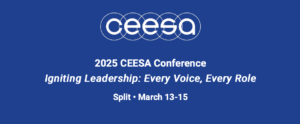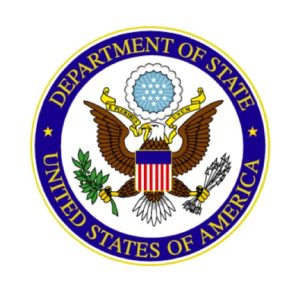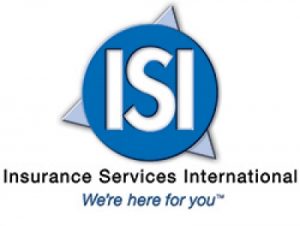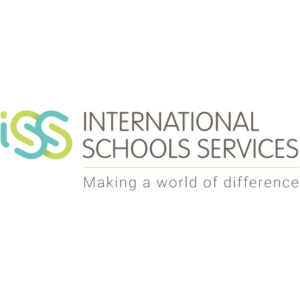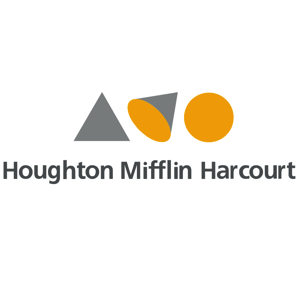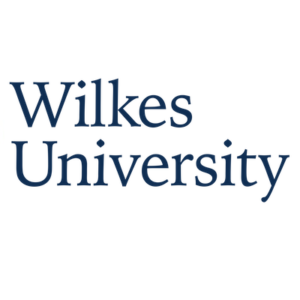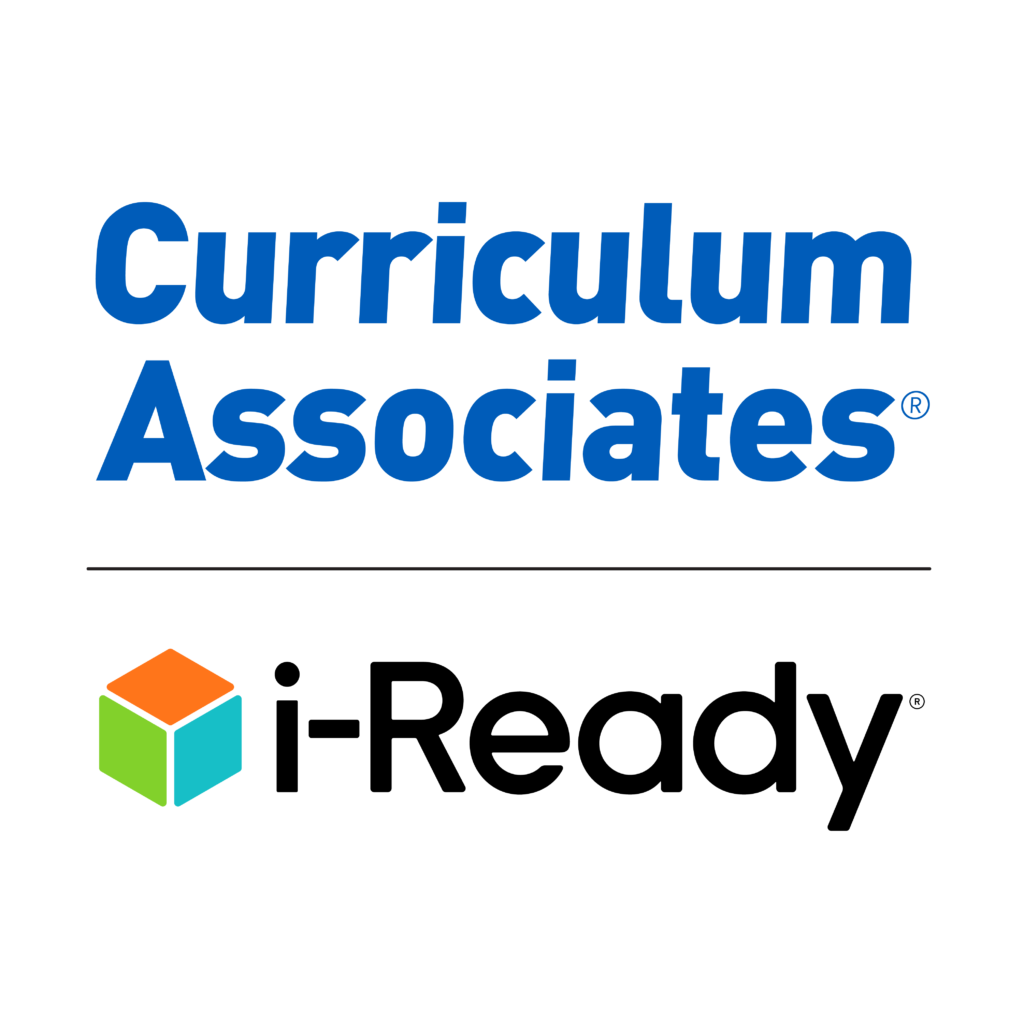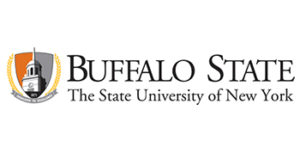Call for workshop proposals
Submit your workshop proposal
for the 2025 CEESA Conference!
More informationfor the 2025 CEESA Conference!
CEESA; a movement for innovation where each learner's experience is better tomorrow.
Countries
0
CEESA Schools
0
QSI Schools
0
Associate Schools
0
#CEESAstory

CEESA & ECIS Tech Director Job Alike 2024: A Gathering of Minds in Vienna
In October 2024, over 30 technology leaders from 20 schools across the CEESA and ECIS regions gathered in Vienna for the Tech Director Job Alike event. This unique professional development
October 17, 2024
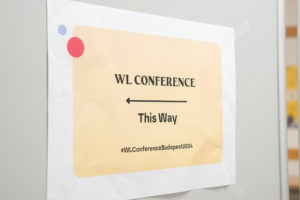
Fostering Innovation and Collaboration: AISB Hosts World Language Conference
Since its inception in 2020, the World Language Job-Alike group has played a crucial role in advancing language education. Through regular meetings, workshops, and an online platform, the group enables
October 7, 2024
CEESA Upcoming Events
- Librarians Job-A-Like at Vienna ISWed Oct 23 2024Vienna IS
- Expand Your Impact Conference at TISATue Oct 29 2024 - Thu Oct 31 2024Baku, Azerbaijan
- Kristin Lowe: Strengths-Based Communication and CollaborationTue Oct 29 2024, 03:30pm CET - 05:30pm CETVirtual event
- Pam Harris: Building Powerful NumeracyFri Nov 1 2024 - Sat Nov 2 2024AAS Sofia
- Inclusive leadership program with Lee Ann JungMon Nov 4 2024 - Mon Dec 9 2024Virtual event
- 2024-25 CEESA Transforming Schools Institute with Dr. Fran ProlmanThu Nov 7 2024 - Sat Nov 9 2024Krakow, Poland

